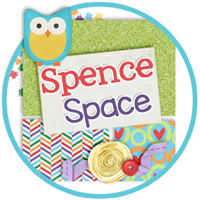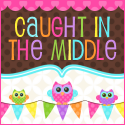We have had a lot of fun this year with photo re-enactments and transforming those re-enactments into graphic novel-style frames with quotes and captions only enhances student understanding.
Earlier this year, my 8th grade classes analyzed Emmanuel Leutze's iconic painting, Washington Crossing the Delaware. We looked at the historical inaccuracies in the painting, as well as the symbolism that the artist sought to depict. Finally, we created a stand-up "boat" and ice chunks with some painted poster board, oars cut from cardboard and some costume hats and accessories. Students posed "in" the boat in front of a piece of large blue bulletin board paper painted with clouds and light similar to the original. The students really enjoyed this activity and seemed to really connect with the material. So, next time with another class, I took it a step further.
Later on, a different group of 8th graders used a storyboard template worksheet to plan five different scenes of the Capture of Fort Ticonderoga. For each scene, students sketched the poses, planned the props they needed and assigned character roles to each member of the group. I required that the scenes be planned in detail so that on shooting day, each group was only allotted 10 minutes for each scene.
To conclude the activity, I imported the photos into a Word document and framed each picture with a black border. As a class, we added captions, thought bubbles and quote bubbles to each of the scenes using the pre-formatted shapes in the "Insert" ribbon of Word.
(In the image above, the students' faces have been omitted. In the final product, they are visible.)
By acting out the scenes, then coming back and adding captions, I have found that the students have a more complete and retrievable memory of the events. The activity also made for a fun day outside and a very real opportunity to students to take responsibility for making choices about the most important scenes and planning the scenes themselves. We had a great time participating in this activity and as the students get more comfortable with the procedure, it can be easily applied to reading, science and other content areas.









